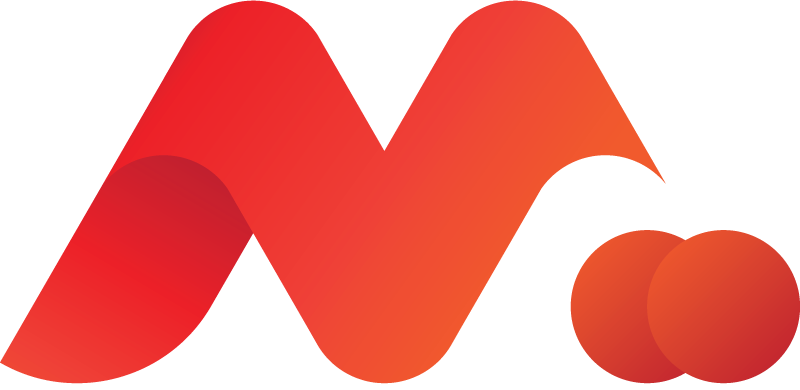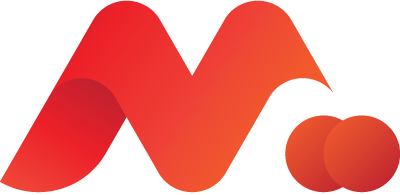
As a startup founder and investor, I’ve seen a variety of business plans and pitches. One aspect that often gets overlooked by ambitious entrepreneurs, but is consistently of high interest to investors, is the clear identification and understanding of market size. To provide a concrete and practical grasp of this concept, we’ll focus on three key acronyms: TAM, SAM, and SOM.
What are TAM, SAM, and SOM?
TAM: Total Available Market
SAM: Serviceable Available Market
SOM: Serviceable Obtainable Market
These are essential metrics that represent different scopes of your potential market. TAM is the broadest view – the overall global demand for your product or service. SAM refines this number down to the portion of the market you can reach with your product or service. Finally, SOM is the realistic fraction of the market that you can capture in the near term given current resources, competition, and market constraints.
How to calculate TAM, SAM, and SOM?
TAM: This can be calculated using a top-down approach (studying industry research reports) or a bottom-up approach (aggregating potential customer’s expenditure). For example, if you’re selling an app for pet owners, your TAM could be the total spend on pet products globally.
SAM: This figure can be derived by defining your geographical reach and target demographic within the TAM. If your app is only available in English and targets North America, your SAM would be the total spend on pet products in North America by English speakers.
SOM: This can be tricky. It’s essentially an educated guess, factoring in your capacity, budget, go-to-market strategy, and competition. If you’re a startup, your SOM will likely be a small percentage of your SAM. A decent rule of thumb I use is “how much of the market can I capture over the next 5 years if things go as currently planned given my current or anticipated resources?”
Why do they matter to a startup founder?
Understanding your TAM, SAM, and SOM provides a sense of scale, realism, and strategic direction. It enables you to pinpoint the right market segments to target, helping to fine-tune your business model and product development to serve these segments effectively.
Moreover, investors scrutinize these numbers closely. They not only want to see a sizable TAM indicating a big potential market, but also a realistic SAM and SOM which show that you understand your immediate target market and have a practical plan for growth.
How might a startup founder use these figures?
TAM, SAM, and SOM are instrumental in shaping your go-to-market strategy. They help you define the geographical regions to focus on, identify market segments to target, and shape the development of your product or service.
Understanding your SOM helps you set achievable sales targets for the first few years. Meanwhile, your SAM can inform your expansion strategy, helping to anticipate the need for new features, languages, or even entirely new products.
In the realm of fundraising, having a good grasp of these numbers shows investors that you understand your market. It illustrates that you have a realistic, grounded view of your immediate opportunities (SOM), a strategic view for expansion (SAM), and an understanding of the broader market potential (TAM).
Remember, these are not static figures. As your business evolves, so will your TAM, SAM, and SOM. They will need to be recalibrated and reassessed periodically to reflect your growing business and changing market conditions.
In summary, understanding your TAM, SAM, and SOM is more than just a box-ticking exercise for investors. It’s a crucial part of your business’s strategic planning, providing a realistic roadmap for growth, while keeping your ambitious vision in sight.








